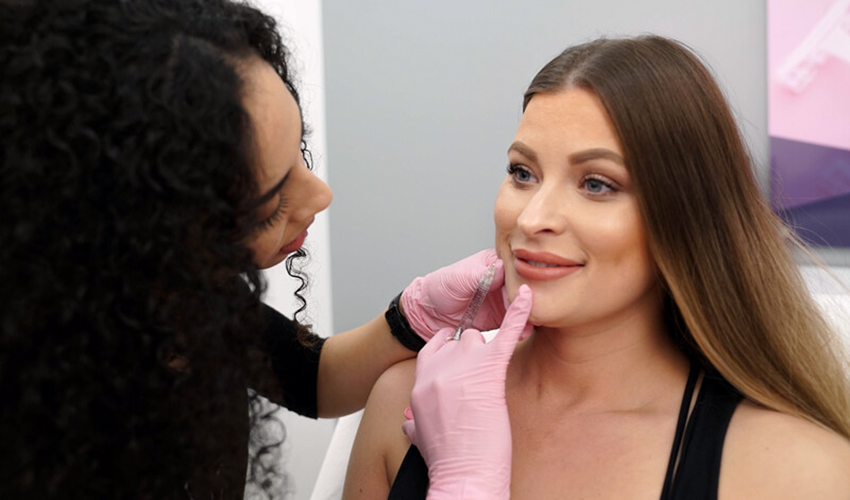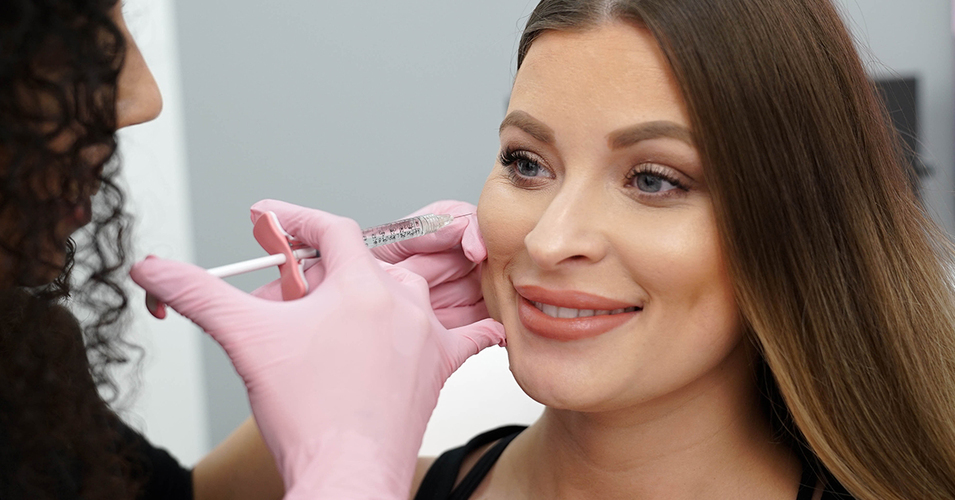What Should I Do For Laser Tattoo Removal Aftercare?
After Tattoo Removal Care
Laser tattoo removal is the only safe and effective procedure for removing unwanted tattoos.
The process behind the treatment is fairly simple. Laser tattoo removal works by targeting pigment colors in the skin’s dermis, the layer of skin between the epidermis and subcutaneous tissues. Light beams radiated by the laser are absorbed by tattoo pigments, which then fragment. The body then absorbs and eliminates the pigment fragments.
The Q-switch is the most common type of laser used in tattoo removal. It produces pulses of light boasting an extremely high peak power. Several types of Q-switch lasers exist, and each one targets a different color spectrum at different wavelengths. Because Q-switch lasers are so precise and intense, tattoo pigments fragment instantly, resulting in minimal damage to the surrounding tissue.
Laser Tattoo Removal Experience
Laser tattoo removal sounds intimidating, but it’s really no big deal.
Before a laser tattoo removal session, your medical professional will determine which type of laser to use and how many treatments you’ll need. The number of required treatments is based on the tattoo’s age, size, type, and pigment depth. Before determining an appropriate treatment plan, your medical professional will first test out the laser on your skin to see how it reacts.
Before the session starts a medical professional will apply an anesthetic cream, and you’ll be given protective eye gear to wear, along with a cooling device. The medical professional will then gently place a handpiece against your skin and deliver laser pulses to the tattoo pigment. With each laser pulse, most people experience a sensation similar to a rubber band snapping against their skin. The amount of laser pulses depends on the tattoo’s size, but most treatment sessions only last a few minutes.
Because the laser “explodes” tattoo pigments, it creates a superficial skin wound. You may experience bleeding, redness, swelling, and blistering for several hours or days following treatment. The next several weeks may see the treated area flaking, peeling, and scabbing. The treated areas may be pink or pale after the skin separates, and sometimes scarring can occur, although this is rare.
Proper Skincare Is Vital After Laser Tattoo Removal
How should you care for your skin after a laser tattoo removal session?
We’re here to give you some expert tips! Follow this advice, and your laser tattoo removal sessions are sure to go smoothly:
- For the first twenty-four hours following your laser tattoo removal session, you should apply a cold compress and elevate the area to reduce discomfort and inflammation. You’ll want to avoid physical activity, hot showers, and saunas during this time too.
- For forty-eight hours after your laser tattoo removal session, avoid using makeup, creams, or medications on or near the treated area.
- For the next three days, you should apply an ointment, such as Aquaphor or Neosporin, to the area and change the dressing daily.
- During the next one to two weeks, you should avoid direct sun exposure, hot tubs, pool water, and saltwater until the treated area is healed.
- You’ll want to keep the treated area clean and dry while it’s healing. Avoid high-pressure water, and clean the area with antibacterial soap.
- If blisters form, don’t pop them. Instead, continue to apply the ointment prescribed to you until the blister has popped naturally.
- Whatever you do, don’t pick at any scabs or scrape your skin. Why? Because this may result in scarring and infection. You’ll want to avoid shaving the treated area until it’s fully healed.
- Avoid taking aspirin, ibuprofen, and naproxen since they can increase the risk of bruising and bleeding. Take Tylenol instead.
- Once the area has completely healed, apply sunscreen every day to the area for the next three months.
- Exercise is usually safe after a laser tattoo removal session as long as you care for the treated area.
- Avoid self-tanners, bronzers, and spray tans for four to six weeks before and after laser tattoo removal.
- Once the area is healed, you can begin massaging it every day. This will help the tattoo to fade away faster.
- Be sure to carefully follow all aftercare instructions your doctor gives you, and don’t be afraid to ask for clarification if you have any questions.
Luckily, there are minimal side effects with laser tattoo removal. The few potential complications and side effects that do exist include:
- Incomplete pigment removal
- Permanent scarring
- Infection
- Hypo and hyperpigmentation
Be sure to call your doctor if the treated area looks infected, you experience unusual discomfort or bleeding, and/or if you have any questions regarding the laser tattoo removal procedure.
Why LaserAway?
We’ve committed over a decade to helping people of all skin types discover their best skin ever, with over 5 million treatments performed and new locations opening every month! We use state-of-the-art technology for maximum results, our clinics are supervised by board-certified, industry-leading dermatologists, and our treatments are implemented by registered nurses, nurse practitioners or physician associates who undergo one of the most comprehensive training programs in the business. Our mission is to make our clients feel beautiful by providing the best and most effective aesthetic treatments in the nation in a friendly, relaxed environment.
Ready to invest in yourself? Schedule a free consultation today by filling out a request form or calling the LaserAway staff at (855) 233-9134. Our nurses look forward to making sure your service and skin are as smooth as possible!



